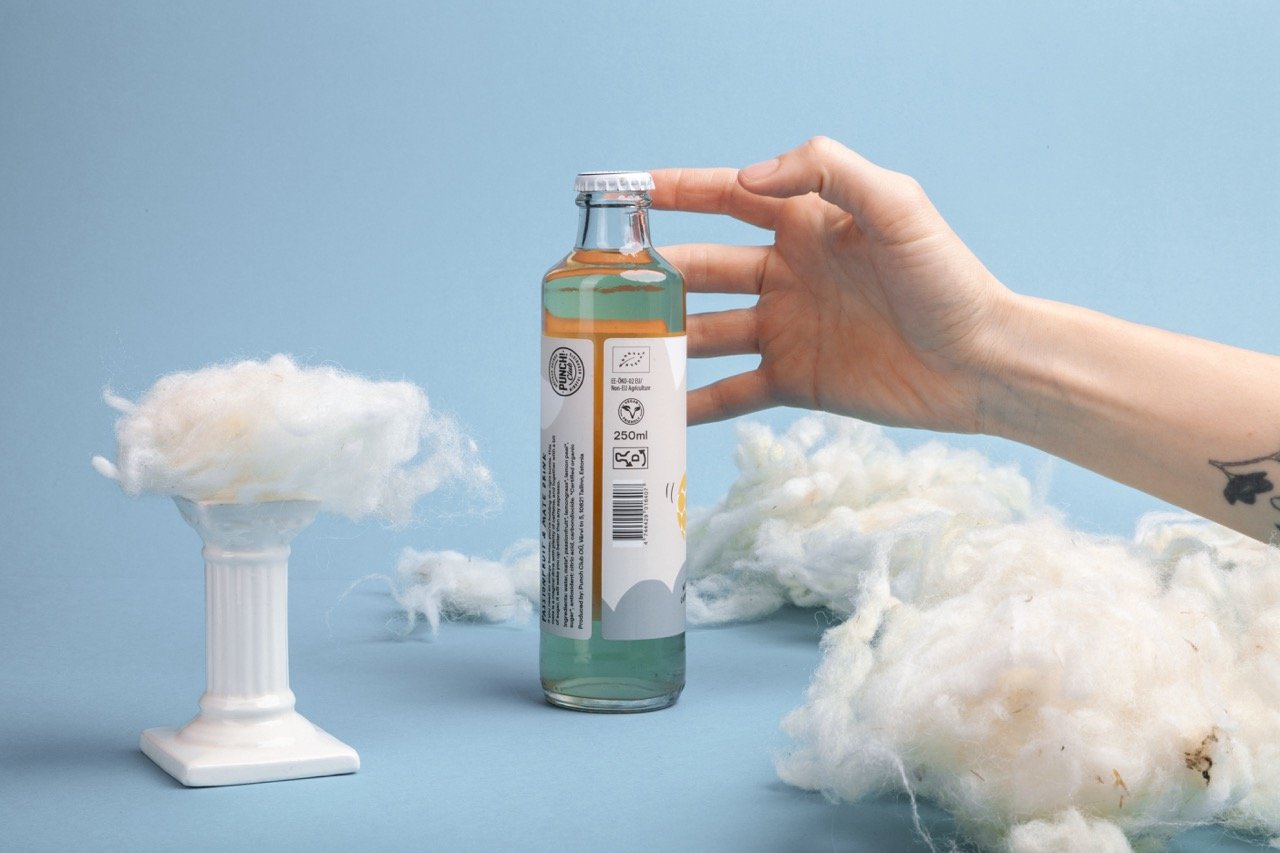Real-world examples of reusable packaging
Reusable packaging is having its moment — and it’s about time. This practical alternative to single-use materials is more than just a buzzword. It’s having a real and positive impact on the environment.
Let’s explore real-world examples of reusable packaging and highlight innovations that could reshape industries and the way we think about materials, waste, and logistics.
Real-world examples of reusable packaging
In many countries in Europe, bottles marked with specific deposit-return symbols can be returned for a small “cashback” or shop credit. This is one of the most successful real-life examples of reusable packaging.
Food and beverage industry
Deposit-return systems for bottles
Container-deposit schemes are widely used for bottles and cans in Europe. People can return their bottles and receive a small amount of money that’s included in the purchase price. These are generally very successful in practice, with return rates reaching up to 90% or more.
Reusable crates for produce
Durable crates made of sturdy materials like wood are often used to transport fresh fruits and vegetables. These crates can be easily cleaned and reused multiple times, reducing the need for disposable cardboard boxes.
Refillable beverage kegs
Stainless steel kegs are used for beer and other beverages. These kegs can be returned to the supplier, cleaned, and refilled many times, significantly reducing packaging waste in the beverage industry.
Ecommerce and retail sector
Reusable shopping bags
Durable fabric or recycled material bags are commonly used instead of single-use plastic bags. Many retailers now offer or encourage using these bags, which can be used hundreds of times before needing replacement.
Reusable ecommerce mailers
It started with double peel-and-seal envelopes and mailers that could be used twice, but now companies like Woola (yep, that’s us) are innovating in this space with sustainable materials that can be reused many times.
Packaging return programs
There are systems where customers can return their packaging for reuse. These programs often incentivize customers to participate, using a deposit-return model, creating a closed-loop system that minimizes waste.
Manufacturing and industrial applications
Reusable pallets and containers
These are stackable solutions for transportation and storage of goods made from durable materials and are designed to withstand heavy loads and frequent handling.
Collapsible and stackable bulk containers
These containers can be collapsed when empty to save space during return transport. They are often used in industries handling large volumes of goods.
Returnable packaging systems
It’s all about closed-loop systems where packaging circulates between supplier and manufacturer. These systems are particularly effective in industries with consistent, high-volume shipments between fixed locations.
Moving companies and businesses offering professional packing services increasingly adopt reusable packaging solutions, showcasing their commitment to sustainability.
New ideas in reusable packaging
Single-use packaging has long been the standard. The shift to reusable packaging offers opportunities for entrepreneurs to innovate. Here are some examples of novel ideas:
Edible packaging
The best packaging is no packaging. And edible packaging might be the second-best option. Several innovative companies offer edible alternatives to traditional packaging materials, from seaweed-based films to edible coatings.
Smart and trackable packaging
We’re talking about integration of technologies like RFID tags for real-time tracking and monitoring of packaging assets. This innovation helps businesses manage their reusable packaging inventory more effectively and reduces loss.
Innovative materials
Exploration of new sustainable packaging materials that are renewable, compostable, or up-cycled.
Are there downsides to reusable packaging?
No good thing comes without a few hurdles, and reusable packaging is no exception. Here are some challenges businesses might face and how to overcome them:
Higher initial costs
Reusable systems require an upfront investment in materials and processes. However, you can consider spreading out the costs. Treat it as a long-term investment — your bank account (and the environment) will thank you.
Consumer behavior
It can be tricky to get customers to return or reuse packaging. Creating user-friendly return programs or incentives can help nudge customers in the right direction.
Logistics
The supply chain of single-use packaging is linear. If that’s what you’re used to, figuring out a circular system can be a challenge. However, if you find the right partners, everything is possible.
But there is hope. Because the future is reusable
Reusable packaging is becoming a catalyst for smarter, more sustainable business practices, from novel designs to high-tech tracking.
Whether you’re a small business testing the waters or an industry leader paving the way, reusable packaging offers a chance to lower your impact and align your packaging with your brand values.
Curious where to start? Look into sustainable options like Woola’s wool-based packaging or explore returnable systems that align with your operations.



